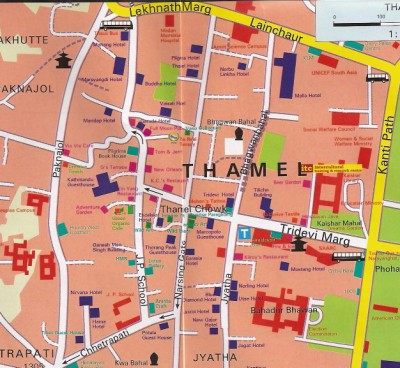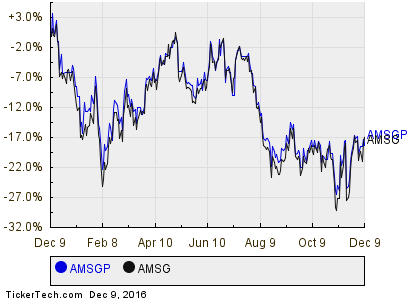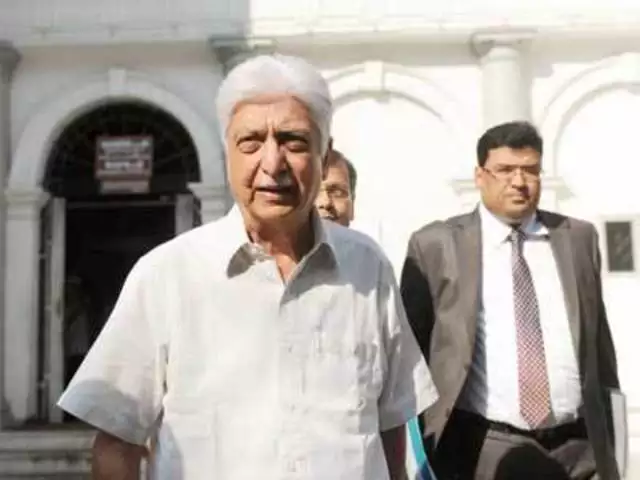Contents
In India, conventionally, bonds are issued by institutions in ____ sector while debentures by corporate in ____ sector. Now by asking CMDs of banks in an open meeting to REDUCE THEIR BASE RATE, the FM was basically encouraging them to flout RBI norms. CMDs who believe in Yes Sir culture immediately announced reduction in Base Rate without even bothering to check whether they can do so as per norms. 7,000 crore from the banking system by raising CRR by one percentage point in four stages between December and February.

The repo rate as of February 2022 for instance was 4%, while the reverse repo rate was 3.35%. In India, every bank such as a scheduled commercial bank, state cooperative bank, cooperative central banks, and primary cooperative banks – is required to maintain the SLR as per the RBI guidelines. For computation and maintenance of SLR, banks have to report their latest net demand and time liabilities to RBI every fortnight . If any commercial bank fails to maintain the SLR, RBI will levy a 3% penalty annually over the bank rate.
SLR (Statutory Liquidity Ratio) – What is SLR? Working, Components & Current SLR
From the 28th of January 2014, the repo rate was 8% and the reverse repo rate was 7%. It’s important to note that the Repo Rate is higher than the reverse repo rate and in turn, the reverse repo rate is lower than the repo rate. The Repo rate is an integral part of the Indian Monetary Policy and regulates our country’s money supply, inflation levels and liquidity. The reason banks borrow money from the Reserve Bank of India is that they need to maintain their cash reserve or Liquidity as a precautionary measure. So, the Central Bank of India will increase or decrease the repo rate according to inflation at the given time.

An increase in the ratio constricts the ability of the bank to inject money into the economy. RBI is also responsible for regulating the flow of money and stability of prices to run the Indian economy. Statutory Liquidity Ratio is one of its many monetary policies for the same. SLR is instrumental in ensuring the solvency of the banks and cash flow in the economy. Interest payable on prematurely withdrawn deposits will be the rate applicable for the amount and the period for which the deposit remained with the Bank . This is the second time the RBI is rejecting the government proposal on interest payment on CRR the portion of deposits to be kept with the RBI to banks.
www.moneylife.in
There are numerous documents and plenty of hidden fees that people get lost in, her goal is to shed some light on it all. When charging Bank Rate, no collateral is required, however when charging Repo Rate, securities, bonds, agreements, and collateral are required. This has a negative effect on the growth of the economy but helps control inflation. In exchange for the money loaned, the Reserve Bank of India accepts what’s known as Collateral, in the form of bonds or gold, etc. Disclaimer Notice- Appointment of Concurrent Auditors for IDBI Bank Ltd.
CAs, experts and businesses can get GST ready with Clear GST software & certification course. Our GST Software helps CAs, tax experts & business to manage returns & invoices in an easy manner. Our Goods & Services Tax course includes tutorial videos, guides and expert assistance to help you in mastering Goods and Services Tax. Clear can also help you in getting your business registered for Goods & Services Tax Law.
We sometimes forget what an important role the repo rate plays in our future investments and plans. From the repo rates history and the meaning of the repo rate to the current repo rate, we have all the information you need. • Thus hike in CRR leads to increase of interest rates on loans provided by the Banks. If the RBI cuts the repo rate, it need not necessarily mean that the home loan EMIs would get lesser.
Introduction of “Amrit Mahotsav” special deposit variant in 700 Days for limited period and revised rate under 555 days bucket. Now, question is for whom did the FM was batting for when he asked CMDs to reduce base rate. Certainly he was batting for industrialists and other big borrowers. In the pre-election period, he appears to be on the sides of big industrialists and is working against the interest of the common man. Disclaimer – The mark-up would be revised at the Bank’s discretion. The revised mark-up would be applicable only for fresh and renewal of existing deposits.

All loan Amounts 10.85% The RoI shall be reset every five years with prevailing Fixed Rate for Five Years. Please contact our nearest branch for rate of interest and terms. Interest Payment – The interest on the deposit is payable quarterly on the last day of each quarter. Staff & Senior Citizen Rates are not applicable to NRO & NRE term Deposits. Resident Senior citizen customers will get an enhanced interest rate of 0.25% over and above existing additional rate of 0.50% per annum (total mark-up 0.75% over Card Rate).
Senior Citizen – Senior Citizens will be paid interest at 50 basis point higher that applicable FRTD rate. Minor’s account – A minor alone cannot open an FRTD as the maturity amount cannot be determined at the time of opening the FRTD. Minor’s account to be can opened jointly with his/her guardian only. #The normal mark-up of 0.50% ONLY will https://1investing.in/ be available for senior citizens and normal mark-up of 1% will be available for Retired Senior Citizens Staff. All other features of term deposit as well as terms and conditions shall remain unchanged and are applicable for the above scheme also. Friends, before going to read this article please read the definitions of Banker and Customer .
Floating Rate Term Deposit
If RBI hikes this rate substantially, banks will have to increase the loan interest rates. The home loans, car loans and EMI of floating Rate loans increase. When RBI cuts the reverse repo rate, banks get less interest when they deposit excess money with the RBI. And so banks invest money in more lucrative avenues like the money market, increasing the liquidity in the economy.
These are assets one can easily convert into cash – gold, treasury bills, govt-approved securities, government bonds, and cash reserves. It also consists of securities, eligible under Market Stabilisation Schemes and those under the Market Borrowing Programmes. According to top-level sources, DK Mittal, secretary, department of financial services, wrote to the RBI, proposing payment of interest of CRR as currently, banks are not getting any interest on CRR . The RBI has said no to the ministrys proposal on payment of interest on their CRR holdings, said a source. The Repo rate is the rate at which the Reserve Bank of India lends money to the banks.
- Such closures include the withdrawals through sweep-ins and partial withdrawals as well.
- Disclaimer Notice- Appointment of Concurrent Auditors for IDBI Bank Ltd.
- A possible alternative in whichIDBI’s retail assets could have been sold to a commercial bank and the remaining project finance portfolio turned into a wholesale and long-term finance bank is discussed.
- An increase in the reverse repo rate means that banks get a higher interest rate for excess funds deposited with the RBI, and this prompts them to deposit more.
- Please contact our nearest branch for rate of interest and terms.
- The Repo rate is the rate at which the Reserve Bank of India lends money to the banks.
Just upload your form 16, claim your deductions and get your acknowledgment number online. You can efile income tax return on your income from salary, house property, capital gains, business & profession and income from other sources. Further you can also file TDS returns, generate Form-16, use our Tax Calculator software, claim HRA, check refund status and generate rent receipts for Income Tax Filing.
From the 6th of April 2017, the repo rate was 6.25% and the reverse repo rate was 6%. From the 4th of October 2016, the repo rate was 6.25% and the reverse repo rate was 5.75%. From the 5th of April 2016, the repo rate was 6.50% and the reverse repo rate was 6%.
There has been passionate demand in some quarters that the Reserve Bank of India pay interest on the so-called cash reserves that banks maintain with it as part of its monetary policy. The current applicable cash reserve ratio is 4% of net demand and time liabilities rbi pays interest on crr balances of banks at . A reverse repo rate is what’s done to absorb the liquidity in the market, which in turn restricts the borrowing abilities of investors. The Reverse Repo Rate is when the RBI takes money from the banks when there is surplus liquidity in the market.
Difference between SLR & CRR
From 29th September 2015, the repo rate was 6.75% and the reverse repo rate was 5.75%. From the 2nd of June 2015, the repo rate was 7.25% and the reverse repo rate was 6.25%. From the 4th of March 2015, the repo rate was 7.50% and the reverse repo rate was 6.75%. From the 15th of January 2015, the repo rate was 7.75% and the reverse repo rate was 6.75%.
Defaulting on the next working day too will lead to a 5% fine. This will ensure that commercial banks do not fail to have ready cash available when customers demand them. On 13 February, Mint first reported the serious differences between RBI and the government on the interest payment on CRR. The government was pushing the central bank to pay interest on CRR balance as it felt consumers would benefit with banks passing on some of their interest income to their borrowers. RBI had been resisting this as it feels any interest paid on CRR reduces its effectiveness as a monetary tool.